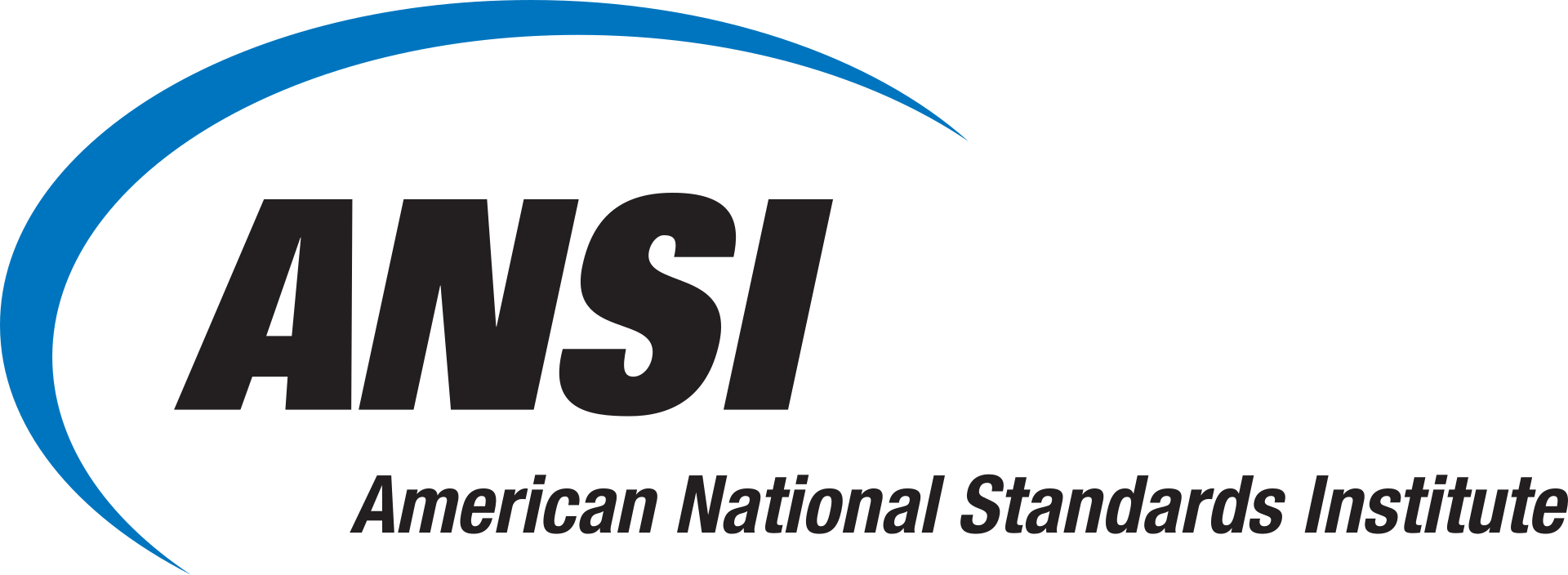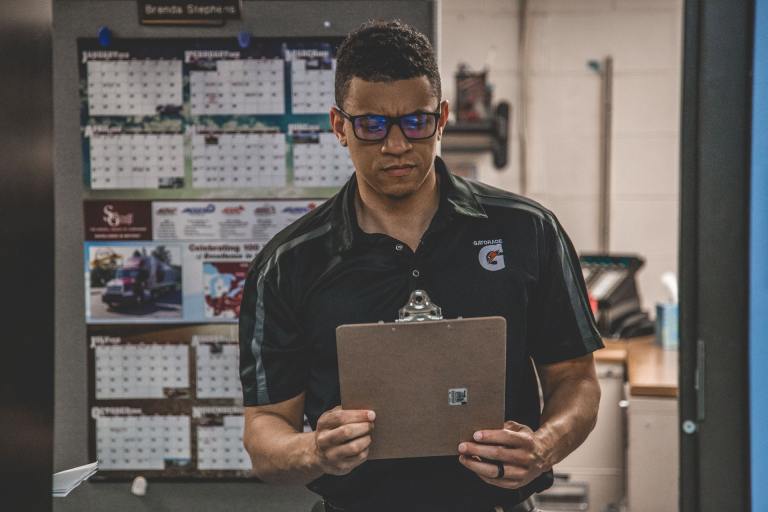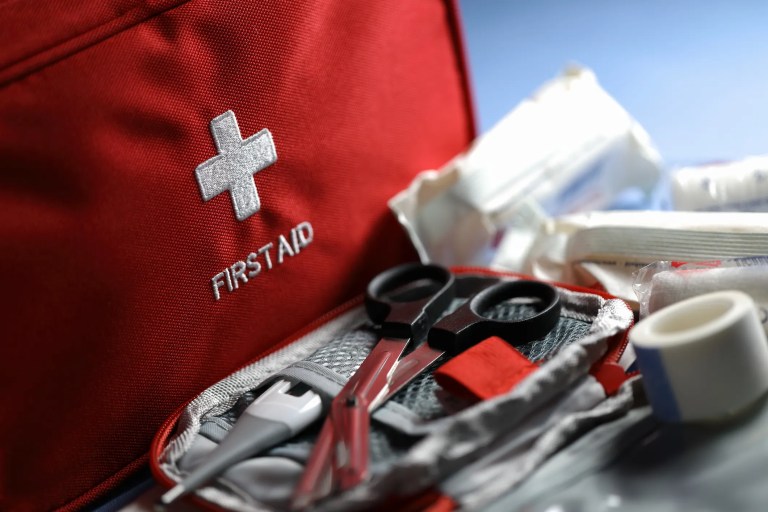How Horseshoe Crabs’ Blue Blood Keeps Medicine Safe
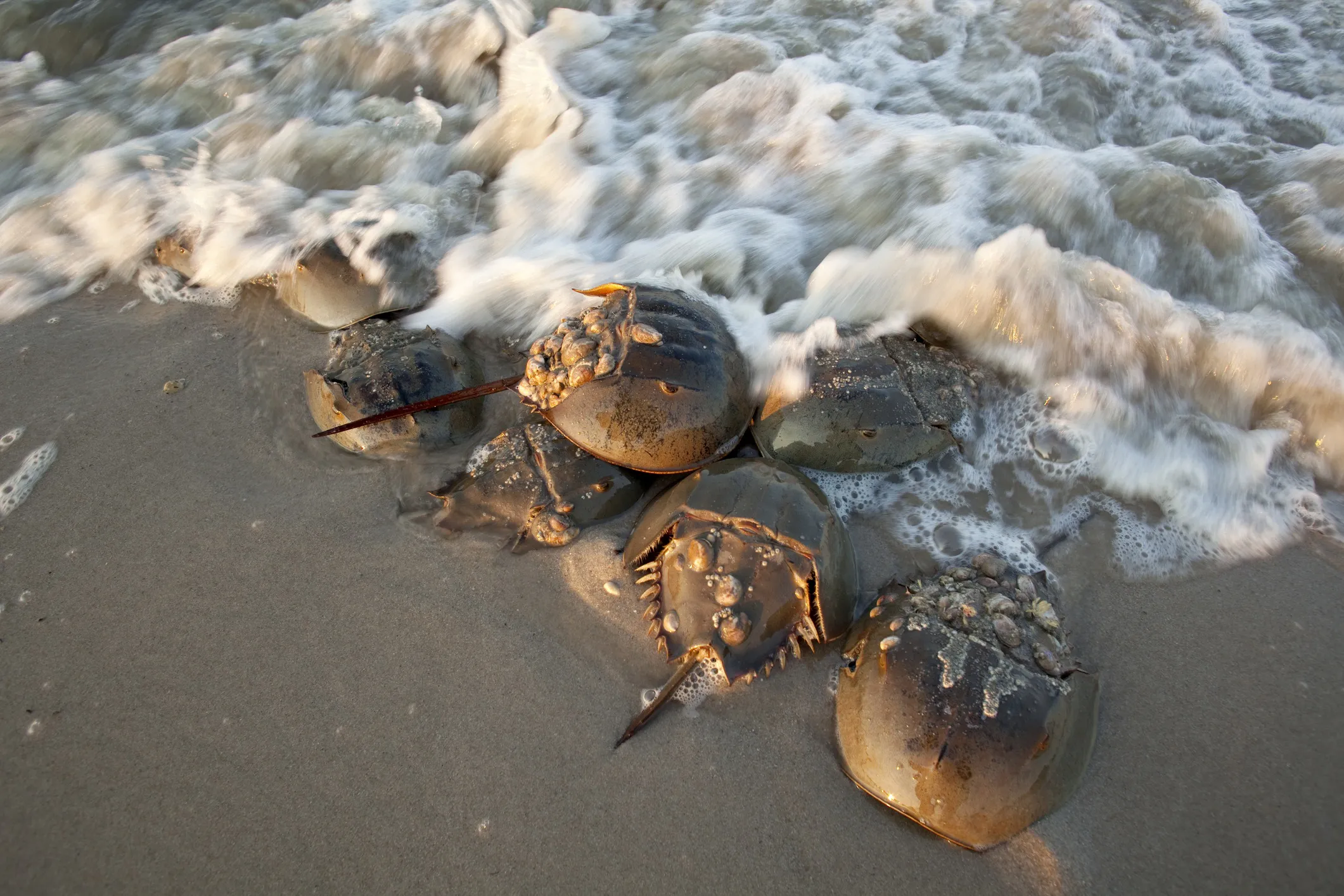
If you have received a vaccine, injection, or implant, you can thank the horseshoe crab (Limulus polyphemus) because chances are that medical procedure or product was tested with horseshoe crab blood. Since the sky-blue blood inside a horseshoe crab clots when it detects bacterial toxins—substances that can cause fevers and even be fatal to humans—pharmaceutical companies and medical products manufacturers rely on the blood of horseshoe crabs to test for bacteria in medications and on medical devices.
What Is the Horseshoe Crab?
Before diving into the medicinal usage of the horseshoe crab, it is worthwhile to understand the ancient, fascinating species.
Horseshoe Crab: Living Fossil
Less than one-10th of 1% of all species that have ever lived became fossils. “Living fossils,” a term used to describe organisms that have remained almost unchanged from earlier geologic times, are also considered rare. As living fossils, horseshoe crabs have existed nearly unchanged for at least 445 million years—well before even dinosaurs existed.
Horseshoe Crabs Are Not Actually Crabs
Despite their name, horseshoe cabs are actually not true crabs or even crustaceans. Rather, they are chelicerates, more closely related to arachnids like spiders, ticks, and scorpions. The appearance of the horseshoe crab is a primitive-looking arthropod with a hard, brownish-green exoskeleton, 10 legs, and a spike-like tail.
Discovery of the Limulus Amebocyte Lysate (LAL) Method
Horseshoe crabs are important to the biomedical industry because their unique, copper-based blue blood contains a protein called Limulus Amebocyte Lysate or “LAL” that can detect endotoxins—bacterial substances that can cause serious illness of death in humans.
The LAL method was discovered in the 1950s and ’60s by pathobiologist Frederik Bang and medical researcher Jack Levin at the Marine Biological Laboratory at Woods Hole, Massachusetts. Through a series of experiments, they noticed that the animals’ blue blood cells (amebocytes) would gel or clot nearly instantaneously in the presence of fever-inducing toxins. LAL thereby presented a solution to sterilizing vaccines, drugs, and medical devices before they are put inside people.
Nowadays, standards like ISO 29701 details specifications for LAL testing—which relies on the amebocytes (blood cells) from horseshoe crabs. The standard addresses the presence of endotoxins in nanomaterials intended for use in cell-based in vitro studies. ISO 29701 aims to assure the reliability and validity of in vitro toxicology studies by providing a method to detect and quantify endotoxin contamination.
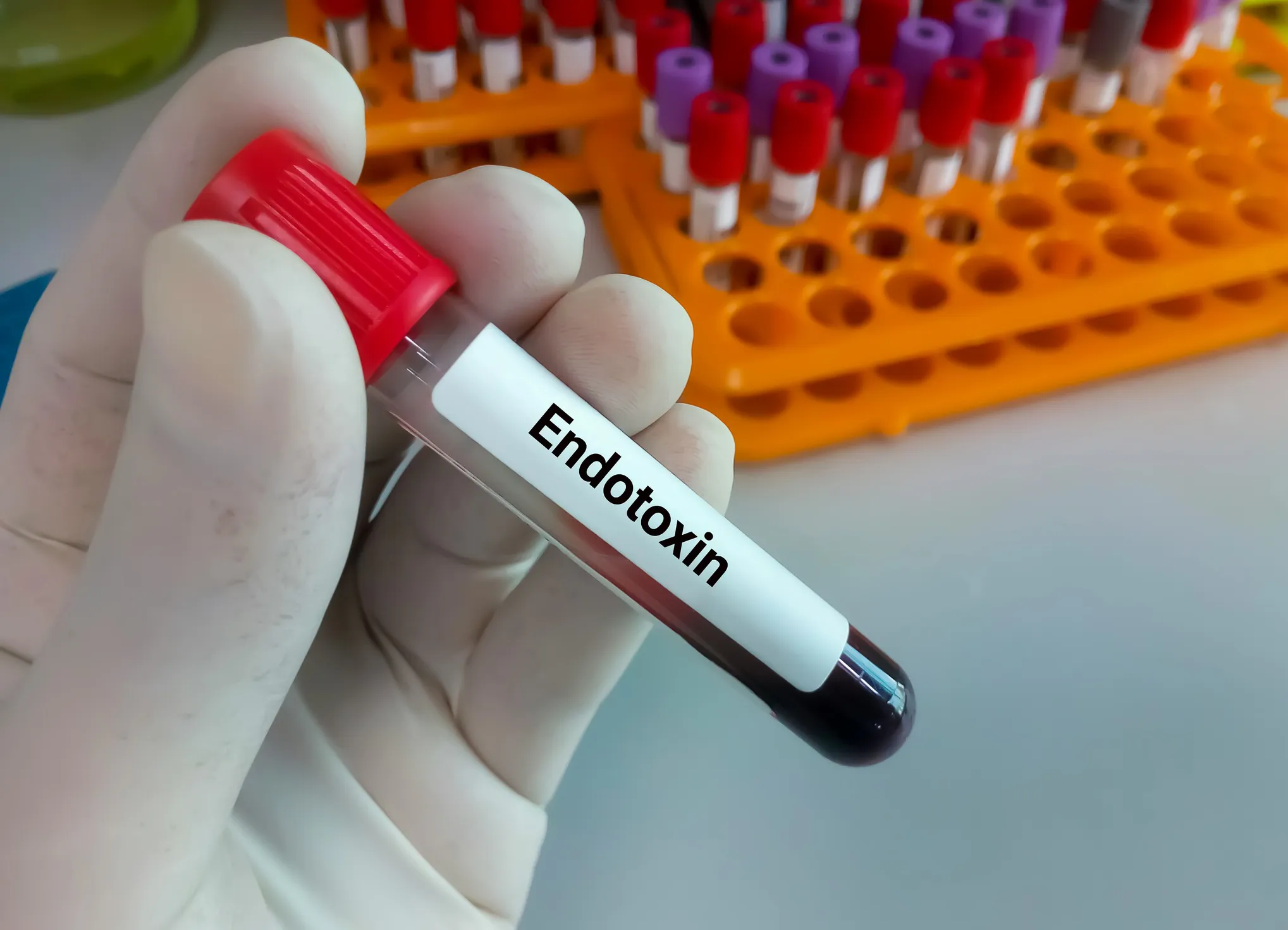
How Is the Blood of a Horseshoe Crab Used in Medicine?
LAL became used by pharmaceutical and medical device manufacturers to test their products for the presence of endotoxins. ISO 11737-3 covers specifications for bacterial endotoxin testing of medical devices, and it outlines methods for detecting and quantifying endotoxins, including the LAL test. Moreover, the clotting cascade reaction makes LAL perfect for testing:
- Vaccines
- IV drugs
- Surgical implants
- Medical equipment (e.g., needles, pacemakers, catheters)
Essentially, the blood of the horseshoe crab ensures that these drugs and devices in medical care are free from dangerous bacteria before they are used in or on humans. While utilizing LAL in medicine is great for humans, as vaccines save us from unwanted diseases like measles, chickenpox, tetanus, and mumps, it is not great for the half a million to a million of horseshoe crabs that are bled each year.
Harvesting of Horseshoe Crab Blood
Horseshoe crabs can be taken by hand from the beaches or pulled up from the bottom of the ocean with nets. They are then piled on top of each other in boats, loaded into trucks, and delivered to laboratory bleeding facilities. After strapping down horseshoe crabs, lab technicians pierce the crabs through their hearts, draining them alive—and up to half of their blood drains into vials.
Producing LAL requires draining up to 30% of their blood in a laboratory. Unfortunately, many horseshoe crabs do not survive this blood collection process, which is contributing to their shrinking population.
Synthetic Alternatives for LAL Testing
The good news is that several companies now offer synthetic alternatives [like recombinant Factor C (rFC)] that are equally effective at detecting contamination and are manufactured without exploiting horseshoe crabs. If enough evidence is produced to show that these alternatives are comparable to LAL testing methods, broader applications of synthetic alternatives to LAL could be more commonly used in the industry. Broad adoptions of synthetic alternatives would consequently reduce harvest and mortality rates of horseshoe crabs throughout their distribution, enabling more sustainable and ethical laboratory testing methods.
Ethical Implications of Harvesting the Blood of Horseshoe Crabs
While the ethical implications of harvesting horseshoe blood are complex, it is essential to consider animal welfare concerns and the potential impact on their populations. Complying to ISO 10993-2 can help laboratories focus on animal welfare requirements, assuring ethical and humane treatment during testing. This international standard outlines requirements to assure animals used in laboratory testing receive proper care and that their welfare is considered throughout the process.
ISO 10993-2:2022—Biological evaluation of medical devices – Part 2: Animal welfare requirements is available on the ANSI Webstore, as well as in the following Standards Package: ISO 10993 – Biological Evaluation of Medical Devices Package.
